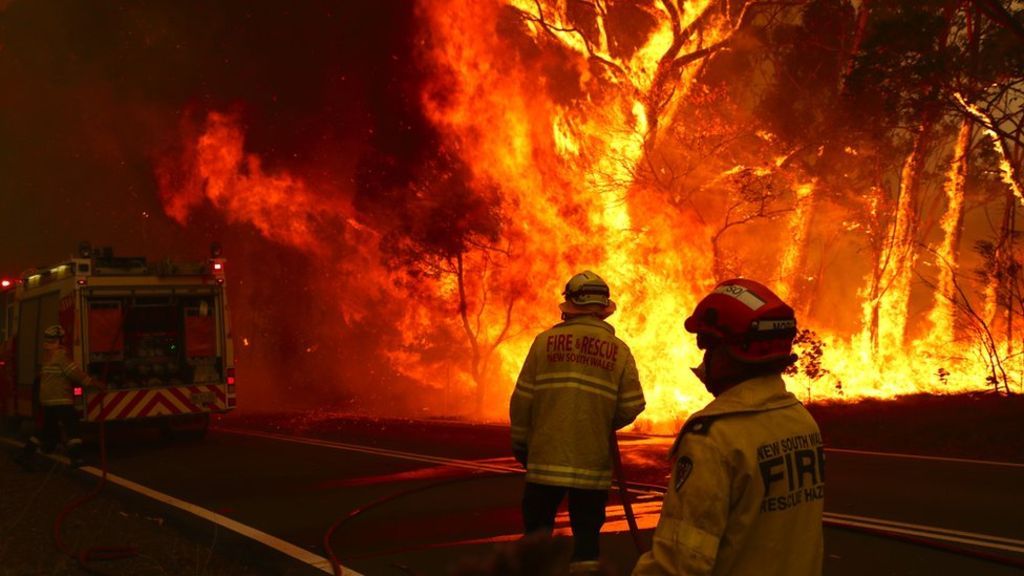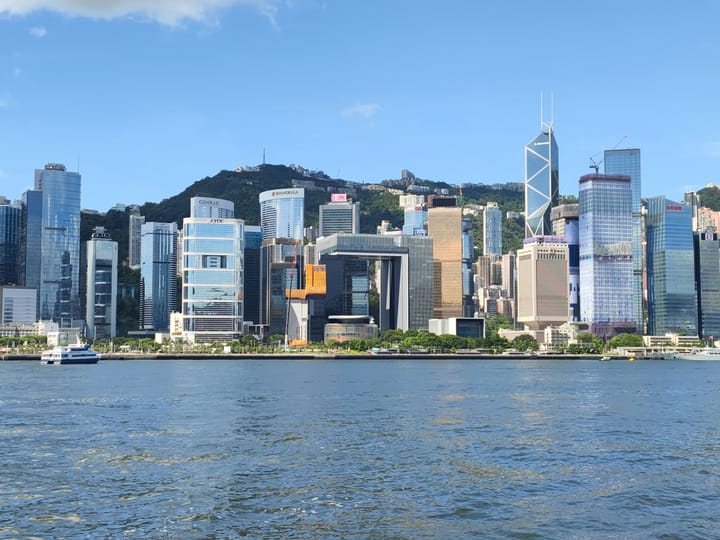Fires continue to rage across Australia

A few minutes every morning is all you need.
Stay up to date on the world's Headlines and Human Stories. It's fun, it's factual, it's fluff-free.
Firefighters continue to struggle against wildfires burning across South Australia and New South Wales. Despite a mild and wet Christmas, firefighters have made little progress in putting out the flames which have been raging for over two months.
Devastation caused
Beginning in August, devastating bushfires broke out across Australia, fuelled by record-breaking temperatures and months of severe drought. The hot and dry weather alongside strong winds created conditions that enabled the fires to spread rapidly.
New South Wales is the worst-affected area. In the southeastern Australian state, fires have burned more than 3 million hectares (7,413,161.44 acres) of land and destroyed over 800 homes. Alongside the damage to land and buildings, eight people, including two volunteer firefighters, have died.
The fires raging across areas surrounding Sydney, famous for its blue skies and emerald waterfront, have blanketed the city in smoke.
Outside of the major cities, the fires are a significant danger to smaller, rural communities. The small town of Balmoral, south-west of Sydney, was largely destroyed with homes reduced to rubble amid widespread fires on December 22. The fires forced residents to flee Lithgow, a town about two hours’ drive west of Sydney after fires burned and destroyed homes on the outskirts of the community.
Following the death of two volunteer fire firefighters on December 19, Australian Prime Minister Scott Morrison cut short a family holiday to Hawaii. Many Australians have condemned Morrison for taking the trip while thousands of firefighters battled to contain the fires. While the prime minister was in Hawaii, protestors camped outside Morrison’s official residence in Sydney and vowed to remain there until he returned from his holiday. Ambrose Hayes, a 14-year-old school pupil involved in the protest said: “Even though he’s entitled to a holiday, it shouldn’t be at a time when Australia is in crisis.” Although he said he would return at the earliest opportunity and would “accept the criticism”, Morrison reportedly added, “I don’t hold a hose” and “I don’t sit in a control room.”
The fires have resulted in the mobilization of over 3,000 emergency personnel in New South Wales. The leader of the opposition Australian Labor Party (ALP), Anthony Albanese has suggested that volunteers should receive compensation for their work in tackling the blazes. Although the volunteer firefighters are reportedly “giving their all” to contain the fires, Shane Fitzsimmons, the New South Wales Rural Fire Service (NSW RFS) chief has said: “We will not get on top of these fires until we get some decent rain.”
Conflicting views
Officials from the NSW RFS say the 2019 fires are unprecedented. They are claiming that “this event is the longest and the most widespread in our records.” By December 23, 3.41 million hectares (8 426 293.51 acres) had burned. “To put it in perspective, in the past few years we have had a total area burned for the whole season of about 280,000 hectares,” NSW RFS spokesperson Angela Burford said.
Yet some disagree with the NSW RFS analysis. Michael McCormack, the deputy prime minister, claims that “we’ve had these smoke hazes before. We’ve had bushfires before.”
Environmental impact
Following the fires, the New South Wales Office of Environment and Heritage (OEH) said that “our network has recorded some of the highest air pollution ever seen” in the state.
As well as contributing to increased levels of air pollution, The Guardian reports that the fires have emitted large amounts of carbon dioxide (CO2) into the atmosphere since they began in August. According to the report, the amount of CO2 produced by the fires is equal to almost half of Australia’s annual greenhouse gas emissions.
The US National Aeronautics and Space Administration (NASA) has corroborated The Guardian’s findings. Analysis by the space agency shows the fires in New South Wales have emitted about 195 million tonnes of CO2 since August 1, 2019. Fires in Queensland have added a further 55 million tonnes to the emissions over the same period.
Have a tip or story? Get in touch with our reporters at tips@themilsource.com




Comments ()